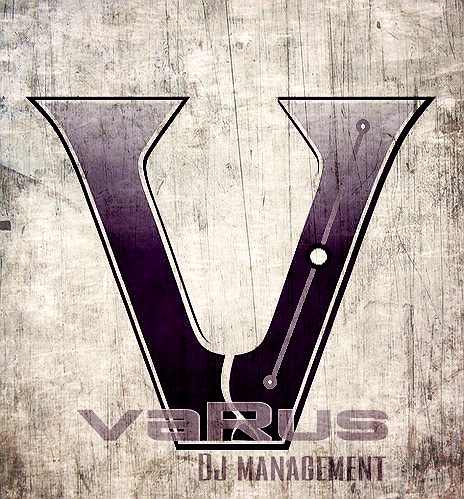Dubstep /ˈdʌbstɛp/ is a genre of electronic dance music that originated in South London, England. It emerged in the late 1990s as a development within a lineage of related styles such as 2-step garage, broken beat, drum and bass jungle, dub, and reggae. In the UK the origins of the genre can be traced back to the growth of the Jamaican sound system party scene in the early 1980s. The music generally features syncopated drum and percussion patterns with bass lines that contain prominent sub bass frequencies.
The earliest dubstep releases date back to 1998, and were usually featured as B-sides of 2-step garage single releases. These tracks were darker, more experimental remixes with less emphasis on vocals, and attempted to incorporate elements of breakbeat and drum and bass into 2-step. In 2001, this and other strains of dark garage music began to be showcased and promoted at London's night club Plastic People, at the "Forward" night (sometimes stylised as FWD>>), which went on to be considerably influential to the development of dubstep. The term "dubstep" in reference to a genre of music began to be used by around 2002 by labels such as Big Apple, Ammunition, and Tempa, by which time stylistic trends used in creating these remixes started to become more noticeable and distinct from 2-step and grime.
A very early supporter of the sound was BBC Radio 1 DJ John Peel, who started playing it from 2003 onwards. In 2004, the last year of his show, his listeners voted Distance, Digital Mystikz, and Plastician in their top 50 for the year. Dubstep started to spread beyond small local scenes in late 2005 and early 2006; many websites devoted to the genre appeared on the internet and aided the growth of the scene, such as dubstepforum, the download site Barefiles and blogs such as gutterbreakz. Simultaneously, the genre was receiving extensive coverage in music magazines such as The Wire and online publications such as Pitchfork Media, with a regular feature entitled The Month In: Grime/Dubstep. Interest in dubstep grew significantly after BBC Radio 1 DJ Mary Anne Hobbs started championing the genre, beginning with a show devoted to it (entitled "Dubstep Warz") in January 2006.
Towards the end of the decade the genre started to become more commercially successful in the UK, with more singles and remixes entering the music charts. Music journalists and critics also noticed a dubstep influence in several pop artists' work. Around this time, producers also began to fuse elements of the original dubstep sound with other influences, creating fusion genres including future garage, the slower and more experimental post-dubstep, and the harsher electro house and heavy metal influenced brostep, the latter of which greatly contributed to dubstep's rising mainstream popularity in the United States.
turn up
i love london
Pages
Saturday, 20 July 2013
Electro house
Electro house sometimes contains elements of tech house such as prominent basslines, short and high-pitched riffs, and minimal to medium amounts of percussion. Unlike tech house, however, it can include abrasive,electro-influenced synths and vocal or instrumental samples. The tempo is usually around 128 to 130 BPM. Recent compositions tend to feature a "dirty" bass sound created from saw waves with compression and distortion.
bring the noise
club can't handle it
this is my dream
Sunday, 14 July 2013
Trance
Definition: Trance is a genre of electronic dance music. It is a combination of many styles of dance music, but what sets trance apart is the high rate of BPM (beats per minute) that typically ranges from the mid 120s up to the 160s. Trance features a significant amount of synthesized sounds, like house and electro, but trance synths tend to be melodic and progressive, while the beat remains static. The presence of vocals in trance gives us the Vocal Trance subgenre.
Origin: Trance’s roots are in Germany in the early 90s. The two tracks generally considered to be the beginning of trance music are “Age of Love” by Age of Love and Dance 2 Trance’s “We Came In Peace.”
Subscribe to:
Posts (Atom)
